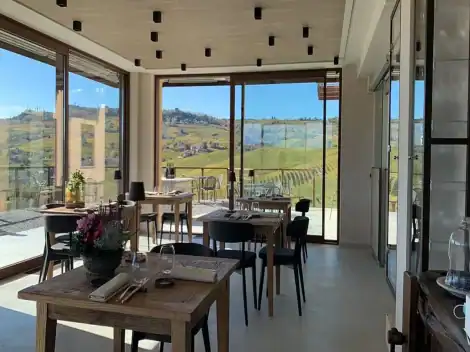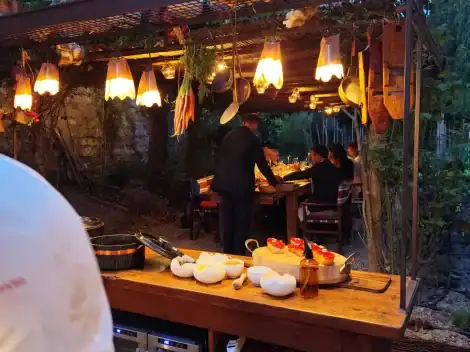There are many foods that have traveled and changed "nationality." Those during the Jewish Diaspora, like sesame seeds, raisins, and cabbage, helped define the taste and character of many Jewish dishes around the world. But nothing quite uniquely represents Judeo-Roman cuisine like the humble artichoke.
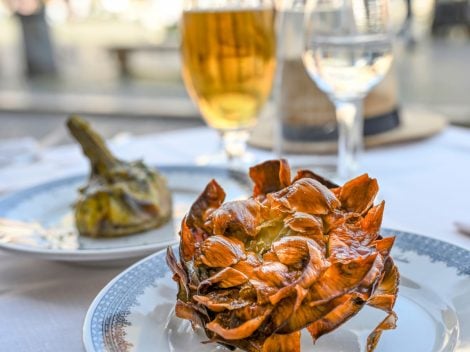
Originally cultivated in the territories bordering the Mediterranean basin and North Africa, the artichoke plant was a fairly common food in ancient Rome. However, over the centuries, it lost popularity. This changed when it began to be cultivated again in Spain and then in Sicily, during the Spanish domination, in the Middle Ages.
Carciofo alla Giudia, the star of Judeo-Roman cuisine for 500 years
The area of the historic center touched by the curve of the Tiber, known as the Jewish ghetto, arose next to the Theater of Marcellus and was born under the papacy of Paul IV, who effectively established the segregation of residents with a bull in 1555. Converging in the ghetto were also the Sephardic Jews who, once expelled from the Iberian Peninsula during the Inquisition, first headed to Sicily, where they were introduced to the "cardoon flower"; then, after the Inquisition reached the island, the Jewish community moved even further north, bringing the artichokes with them. Once in Rome, they settled permanently.
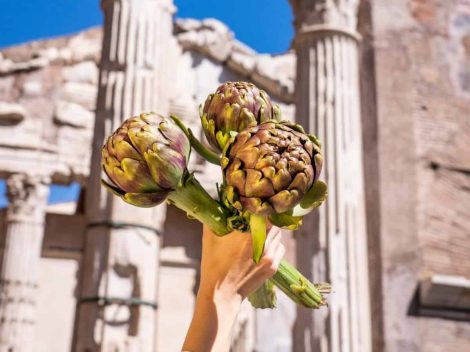
The custom of consuming artichokes originated precisely in the Jewish ghetto of Rome between 1555 and 1870, traditionally prepared for Pesach, the Jewish Passover, a theory justified by the seasonality of the vegetable, which sees its peak growth period in spring. For over three hundred years, the papal bull enclosed the Jewish community in the walled area, imposing curfews and restrictions, preventing residents from enjoying "luxuries" like the consumption of certain ingredients. Artichokes, however, were among the permitted foods.
So, the Jewish community taught the Roman population how to cook and enjoy artichokes. In a short time, the artichoke became the undisputed star of Judeo-Roman cuisine. How? Thanks to the all-Roman habit of frying.
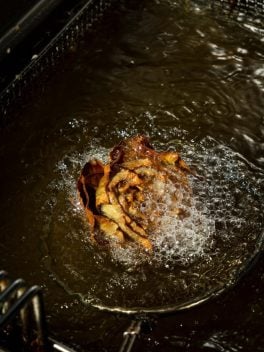
The birth of the Renaissance recipe for carciofi alla giudia
The frying technique, essential for carciofi alla giudia, is probably due to the most widespread profession among the Jews of the ghetto. Many of them were street food vendors, one of the few professions they could engage in. They sold the so-called "fried pieces," vegetables and other scraps, relatively easy to prepare and consume on the spot. The first street food! This frying method made the dishes kosher. The laws regarding kashrut, which prohibit mixing dairy and meat, influenced many culinary choices in the ghetto, such as frying foods - including artichokes - in olive oil instead of butter. Artichokes "in the Jewish way" thus became one of the most popular dishes not only within the Jewish ghetto but also outside its walls.
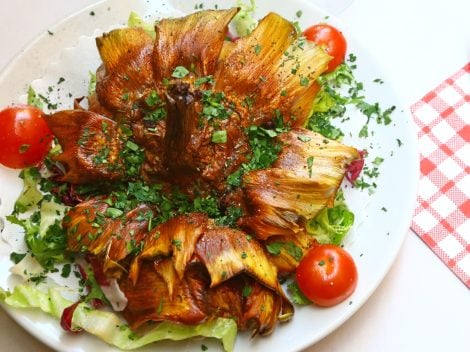
The artichoke is not kosher
Nowadays, there isn't a trattoria or restaurant in the Jewish ghetto of Rome that doesn't have them on the menu, even out of season. And to think that in 2018, the Chief Rabbinate of Israel declared that carciofi alla giudia were not a kosher dish, since being consumed whole, there was a possibility that insects could nestle among the leaves (thus breaking a rule of the Torah). The Roman Jewish community strongly opposed the decision, stating that Roman artichokes used for the recipe have leaves so tightly adhering to each other that it is impossible for any insect to penetrate them.
Celebrations for the Roman artichoke
The Roman artichoke is so venerated that festivals and fairs are held in its name. In Rome from Sunday, April 7th until Wednesday, April 10th, over twenty establishments in the Jewish ghetto and historic districts of Trevi, Ripa, and Campo de' Fiori propose artichoke-based menus for the third edition of the Roman Artichoke Festival. In Ladispoli, on the other hand, on April 12th, 13th, and 14th, the annual Sagra del Carciofo Romanesco takes place, now in its 71st edition. For those who want to try their hand in the kitchen, it's important to know that to make carciofi alla giudia, the particular method of "capping" the artichokes is as important as the quality of the artichoke itself.
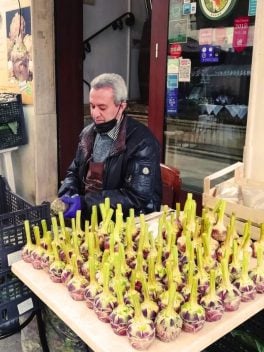
How to "cap" and fry carciofi alla giudia
Every day outside the Giardino Romano restaurant, Giuseppe, aka the "master of artichoke cleaning," sets up his table to clean the artichokes for carciofi alla giudia. In one morning, he prepares several hundred, offering a live demonstration of his skills to passersby. The artichokes are cimaroli (also known as mammole), which are the best specimens of the "romanesco" variety grown between Ladispoli and Civitavecchia. Characteristics: round, heavy, and compact, especially free of thorns and with little "beard." Here's how to prepare the artichoke for carciofi alla giudia.
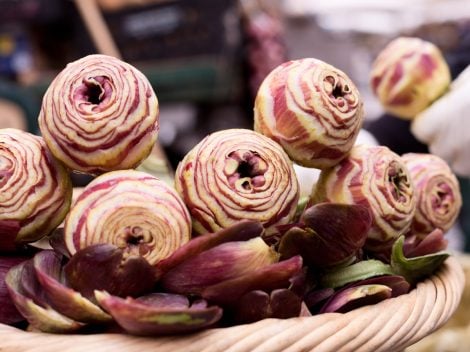
The outermost tough leaves are removed (they can be used to make a herbal tea or for broth), with a bird's beak peeler, the inner beard is then removed, the outer parts of the stem are trimmed, and it is peeled spirally, like peeling an apple, to round the shape of the bulb. In frying, this particular technique allows the hot oil to open the petals of the "flower." Beware of cutting the stems too short! The artichokes prepared in this way are soaked for a few minutes in lemon-acidulated water to prevent them from darkening.
Frying is the crucial moment: the oil must be of the highest quality, and the artichokes must be fried whole and turned upside down. Fundamental is the two-step frying: first in hot oil to cook them thoroughly, then, after a short rest on kitchen paper, they are fried a second time, in boiling oil to finish browning. The result is a crispy artichoke on the outside and soft on the inside, not greasy at all, characterized by a unique and unmistakable flavor. A pinch of salt, and there you have it.

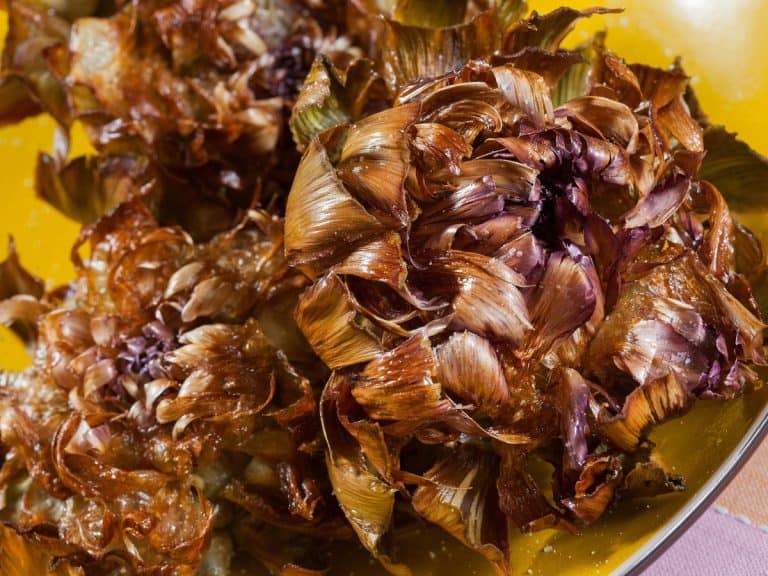
 Gourmet maritozzi, Ascolana olives, and suburban pastrami: the unmissable street food of Italy
Gourmet maritozzi, Ascolana olives, and suburban pastrami: the unmissable street food of Italy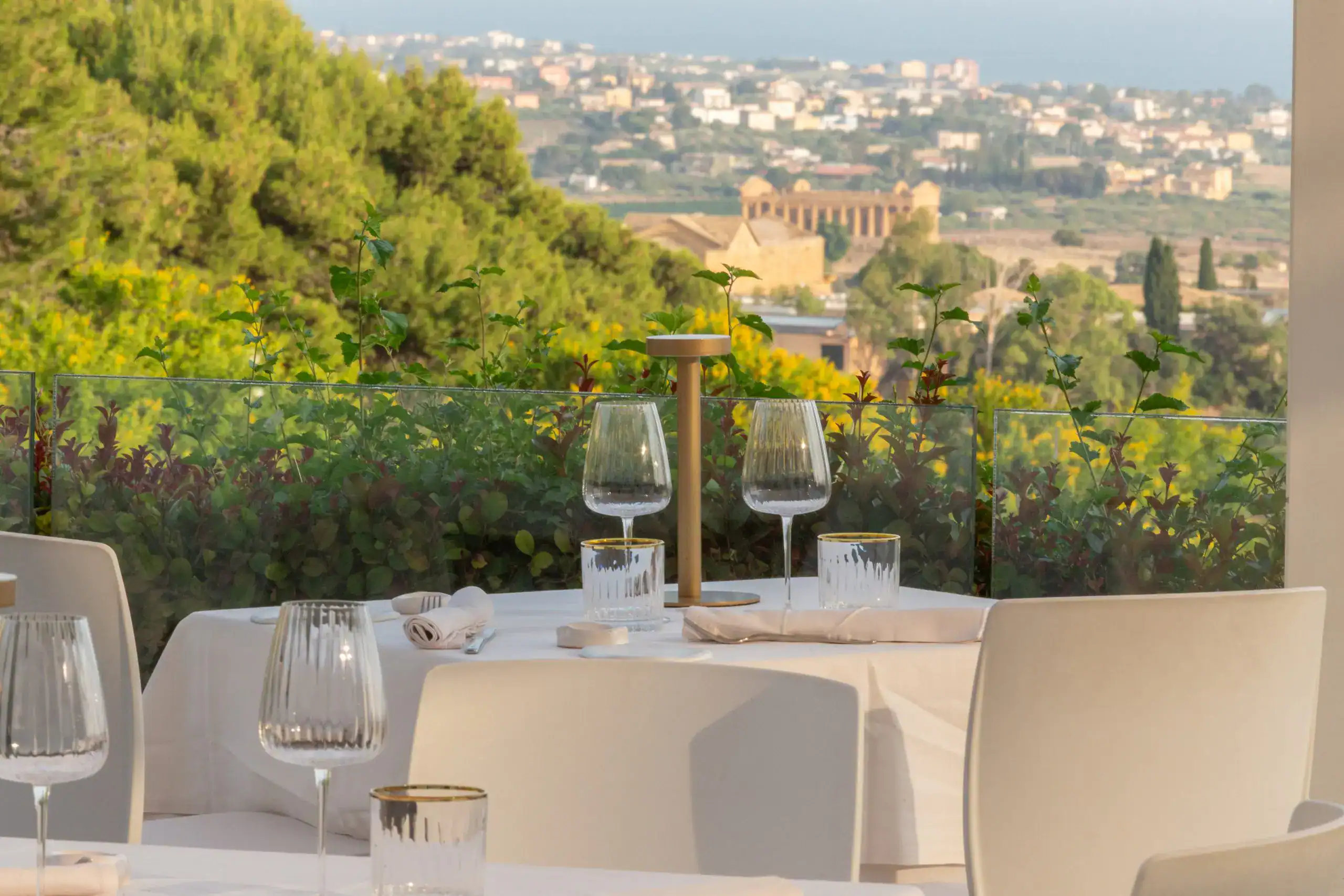 The best restaurants in Agrigento to discover the new Sicilian cuisine
The best restaurants in Agrigento to discover the new Sicilian cuisine Italy’s 2024 wine production is higher than expected: nearly 44 million hectolitres. But there’s no reason to celebrate
Italy’s 2024 wine production is higher than expected: nearly 44 million hectolitres. But there’s no reason to celebrate The two Calabrian brothers making wine like the ancient Grecanic peasants
The two Calabrian brothers making wine like the ancient Grecanic peasants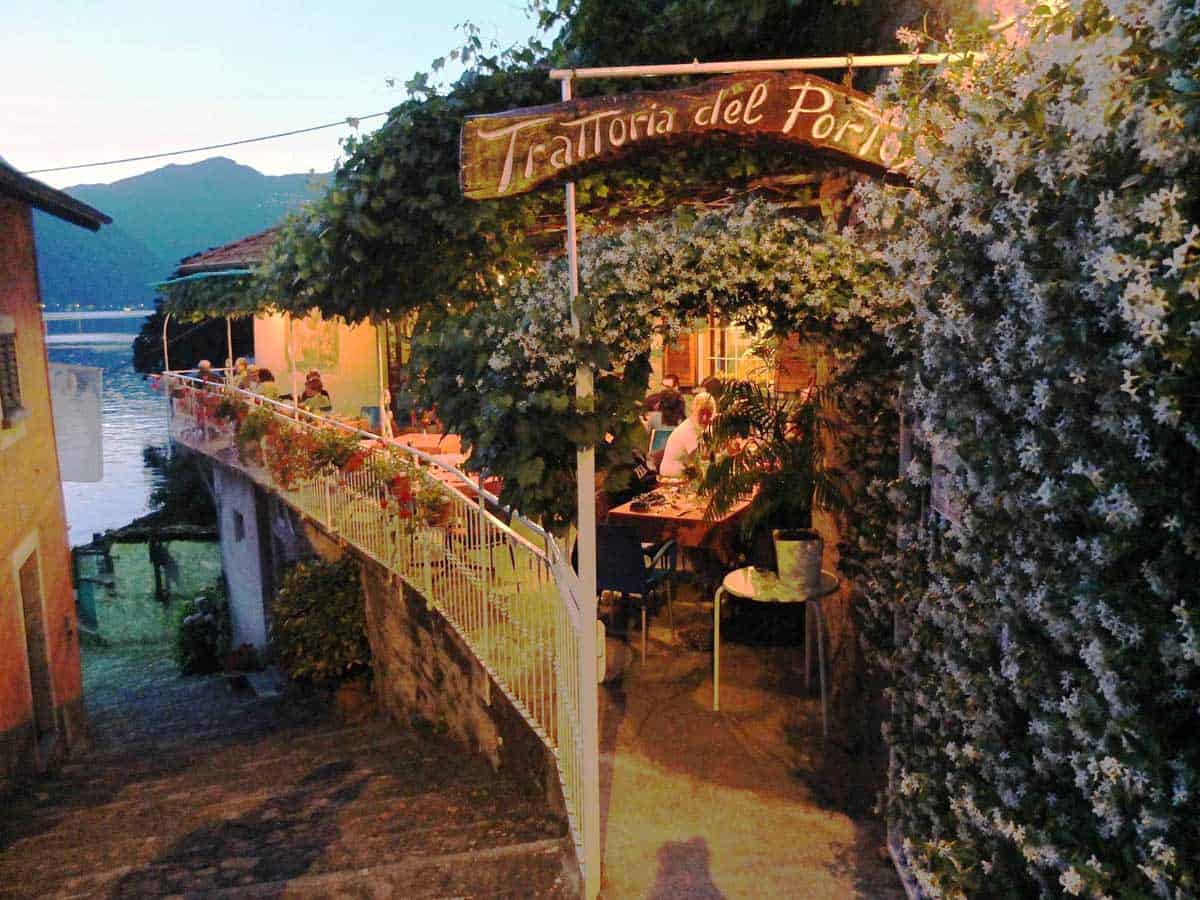 Three days at Lake Como in 17 destinations: Trattorias, Osterias and Fine Dining
Three days at Lake Como in 17 destinations: Trattorias, Osterias and Fine Dining